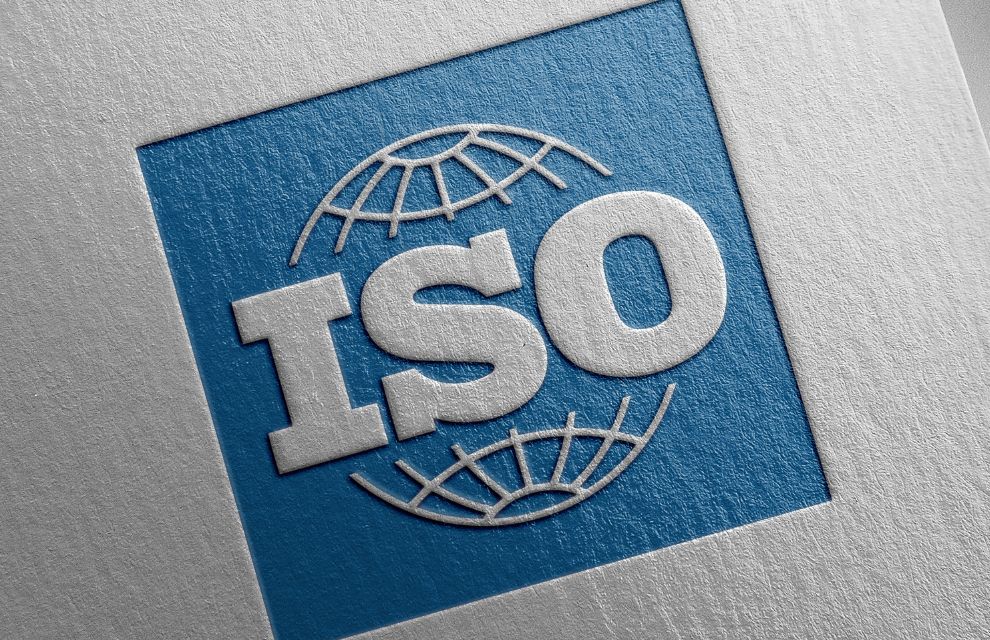BIS releases final report on ISO 20022 for cross-border payments
18 October 2023 Switzerland
 Image: Araki Illustrations/stock.adobe.com
Image: Araki Illustrations/stock.adobe.com
BIS has published its final report under the G20 cross-border payments programme, detailing 12 data requirements for the use of harmonised ISO 20022 messages in cross-border payments.
The requirements have been determined by a joint task force consisting of the BIS Committee on Payments and Market Infrastructures (CPMI) and the private sector Payments Market Practice Group.
The task force followed the G20 cross-border payments programme’s findings that fragmentation of payment messaging standards is a key contributor to cross-border payment friction. While broad adoption of ISO 20022 as a common international financial messaging standard has been suggested as a way to improve this, inconsistencies in the use and implementation of the standard could prevent its benefits from being fully realised.
The requirements outlined in BIS’ final report are the result of two years of technical discussions amongst payment practitioners and industry consultation with more than 50 stakeholders.
The general requirements outlined in BIS’ report include the use of appropriate messages for particular business functions, the use of ISO 20022 externalised codes for payments and payment-related processes, and the restriction of character sets used for ISO 20022 payment messages to currency market practice.
Regarding cross-border payments, a common time convention must be used across all ISO 20022 messages and a unique end-to-end reference must be included. All entities, persons and financial institutions involved in a cross-border payment must be identified in a standardised and structured way, and transparency around amounts, currency conversions and charges must be supported.
Unique account identifiers should be included, and a common minimum level of postal address information should be provided and structured. Finally, the transport of customer remittance information across the end-to end, cross-border payment chain must be provided. As such, a minimum size of structured or unstructured remittance information should be included.
Throughout the programme, fragmentation of payment messaging standards were highlighted as a key contributor to cross-border payment friction. Broad adoption of ISO 20022 as a common international financial messaging standard was suggested as a way to improve interoperability.
BIS affirms that in order for the benefits of the ISO 20022 requirements to be realised depends on widespread adoption, and encourages market participants to begin preparations to ensure their alignment with the 12 points. It recommends a deadline of end-2027 “at the latest”.
The CPMI states that it will continue to engage with payment system operators and financial institutions, promoting the implementation of the harmonised data requirements and determining how consistent implementation can be assured in the future.
The requirements have been determined by a joint task force consisting of the BIS Committee on Payments and Market Infrastructures (CPMI) and the private sector Payments Market Practice Group.
The task force followed the G20 cross-border payments programme’s findings that fragmentation of payment messaging standards is a key contributor to cross-border payment friction. While broad adoption of ISO 20022 as a common international financial messaging standard has been suggested as a way to improve this, inconsistencies in the use and implementation of the standard could prevent its benefits from being fully realised.
The requirements outlined in BIS’ final report are the result of two years of technical discussions amongst payment practitioners and industry consultation with more than 50 stakeholders.
The general requirements outlined in BIS’ report include the use of appropriate messages for particular business functions, the use of ISO 20022 externalised codes for payments and payment-related processes, and the restriction of character sets used for ISO 20022 payment messages to currency market practice.
Regarding cross-border payments, a common time convention must be used across all ISO 20022 messages and a unique end-to-end reference must be included. All entities, persons and financial institutions involved in a cross-border payment must be identified in a standardised and structured way, and transparency around amounts, currency conversions and charges must be supported.
Unique account identifiers should be included, and a common minimum level of postal address information should be provided and structured. Finally, the transport of customer remittance information across the end-to end, cross-border payment chain must be provided. As such, a minimum size of structured or unstructured remittance information should be included.
Throughout the programme, fragmentation of payment messaging standards were highlighted as a key contributor to cross-border payment friction. Broad adoption of ISO 20022 as a common international financial messaging standard was suggested as a way to improve interoperability.
BIS affirms that in order for the benefits of the ISO 20022 requirements to be realised depends on widespread adoption, and encourages market participants to begin preparations to ensure their alignment with the 12 points. It recommends a deadline of end-2027 “at the latest”.
The CPMI states that it will continue to engage with payment system operators and financial institutions, promoting the implementation of the harmonised data requirements and determining how consistent implementation can be assured in the future.
NO FEE, NO RISK
100% ON RETURNS If you invest in only one asset servicing news source this year, make sure it is your free subscription to Asset Servicing Times
100% ON RETURNS If you invest in only one asset servicing news source this year, make sure it is your free subscription to Asset Servicing Times



.jpg)